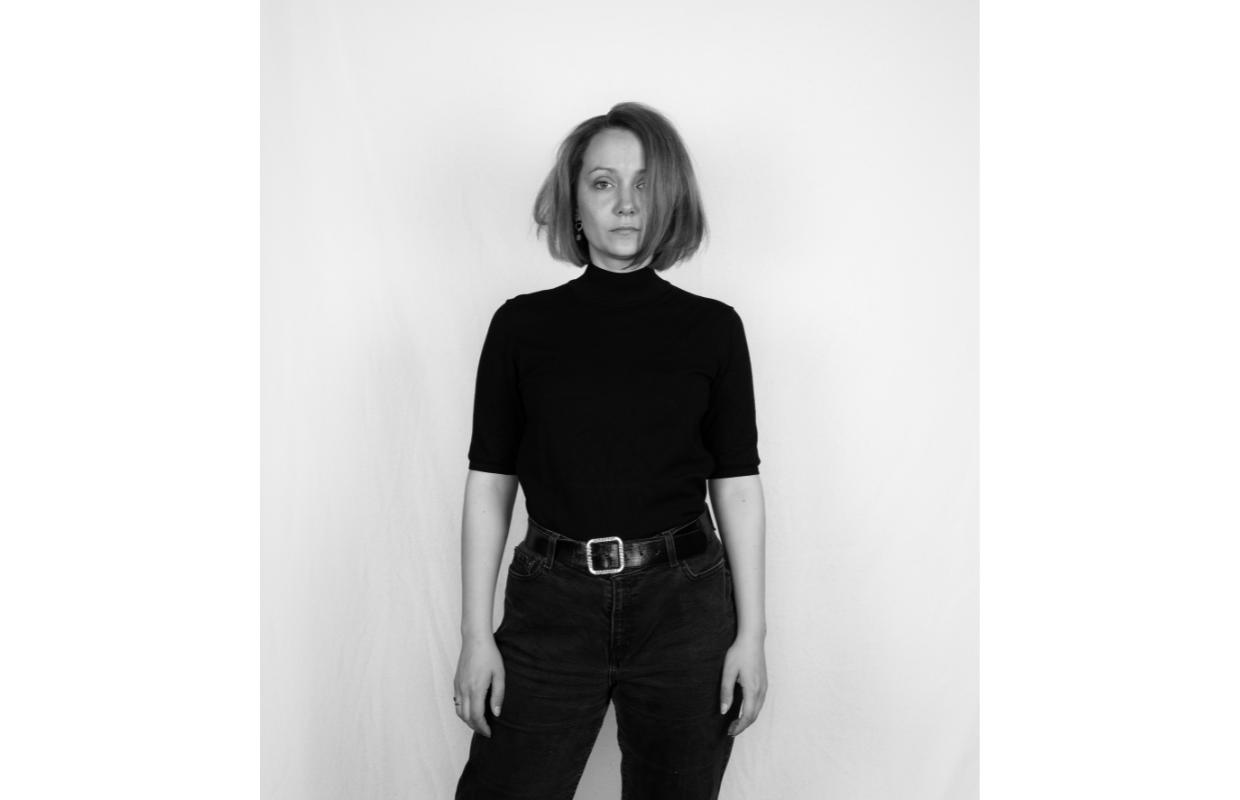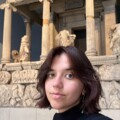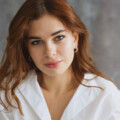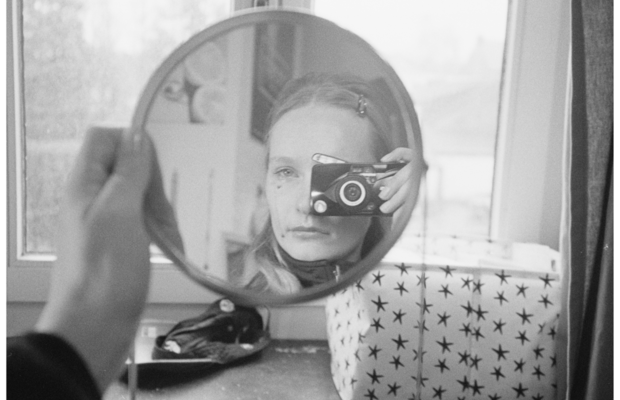The Creative Process: How Art and AI Interact
Julia Abrecht, photographer and professor at Bauhaus University, discusses her creative process and the role of AI in it.
Julia Albrecht is a Berlin-based conceptual photo artist. She has a multicultural artistic education and is currently a professor at Bauhaus University. With an emphasis on gender dynamics and binary relationships, Julia’s work delves into the psychological and cultural aspects of trauma and depression, while her artistic approach not only focuses on the nuanced emotional impact of these themes but also stands out for its innovative integration of AI as a collaborative tool rather than a replacement.

You incorporate AI-generated photographs into your projects. What opportunities and challenges does AI present for your creative process?
AI has brought both speed and new creative possibilities to my process – but it has complexities. Each model feels like a tool with a personality, much like selecting a specific camera for a project. Some AI models are great at capturing detail and texture, while others excel at abstract concepts or dreamlike qualities. I initially worked with DALL-E 2 and loved its imperfections.
The rawness and glitches were creatively inspiring. It felt less like a machine and more like a collaborator with quirks.
Newer AI tools often produce results that feel overly polished or predictable. The imperfections I loved in earlier models invite experimentation and surprise. It's in those moments of unexpected outcomes, even failures, that creativity thrives. AI has taught me to let go of control and let the machine influence the process in ways I hadn't anticipated. Philosophically, AI raises questions about authorship and creativity. Is it still "my work" if it's machine-generated? The answer lies in how AI becomes a part of the conversation. It's not about replacing the artist but expanding the toolbox. AI challenges us to rethink what we consider "human" in art, and that tension is where some of the most exciting possibilities lie.
You've studied in several countries, including Germany, England, Finland, and the US. How has living abroad influenced your perspectives on culture, gender, and mental health?
Experiencing different cultures firsthand reshaped how I view the world and my place in it. Each country I studied in had its unique rhythm, values, and approach to art education. I developed a strong conceptual foundation in Germany, focusing on depth and context. Finland expanded my horizons, connecting personal surroundings with global perspectives in art. The US encouraged bold experimentation and reinforced the importance of staying focused on my practice. London pushed me to rethink classical photography, incorporating interdisciplinary approaches and new materials into my work. Beyond the academic lessons, living abroad taught me adaptability. Each move required me to navigate unfamiliar systems, build connections, and embrace discomfort. These experiences made me more open-minded and forced me to challenge my assumptions. These insights now inform my teaching. I create a space where students feel safe to explore their identities and challenges without judgment.



What challenges have you faced when addressing sensitive topics of depression and trauma through your art?
Exploring mental health in my art has been a way to process and understand my own experiences, but it's not without its difficulties. Artmaking can be cathartic but also demands vulnerability, which can feel overwhelming. Growing up in a family that didn't recognize depression, I internalized a lot of skepticism. Translating that into visual work is both liberating and frustrating. There's a fine line between creating for healing and getting lost in the weight of the subject matter. When I'm at a low point, I have ideas but often lack the energy to execute them. Writing down those ideas has become a lifeline. It allows me to revisit them emotionally when I'm in a better place. This cycle of reflection and action is part of my creative rhythm.
Another challenge is how audiences interpret the work. Some people connect deeply, while others don't understand it, which can feel disheartening. I've learned to focus on the conversations the work sparks rather than seeking universal approval. My work also engages with the broader conversation about mental health and art. There's a stereotype of the "depressed artist," which oversimplifies the relationship between creativity and mental illness. For me, making art isn't about glorifying struggle but about finding meaning within it.
Can you describe your creative process?
My process is a blend of introspection and exploration. Ideas often come during emotional highs or lows, but I don't always act on them immediately. Writing down thoughts or sketching concepts helps me hold onto those moments until I have the energy to develop them fully.
Research is central to my practice. Whether delving into mental health literature or experimenting with AI, research is a bridge between theory and practice. Sometimes, my work evolves naturally from these explorations, while other times, it requires deliberate planning and structure. Artistic research has also shown me the value of embracing ambiguity.
Not every piece needs to have a clear answer or resolution. Some of my most meaningful work has come from leaning into uncertainty and letting the process guide me.
As a lecturer at Bauhaus University, could you share your observations of the tendencies and aspirations of the next generation of photographers? Also, how do you envision the future of photography evolving in a world increasingly shaped by advancements in technology and AI?
Teaching at Bauhaus Universität has been a fascinating window into the aspirations of emerging photographers. What stands out most is their openness. Students today aren't constrained by traditional definitions of photography. They're blending mediums, using AI, and exploring topics that range from deeply personal to globally relevant.
I've noticed a shift in how students approach photography. It's less about capturing a decisive moment and more about creating multi-layered narratives. Many see photography as a tool within a more significant storytelling, installation, or digital art framework.
The future of photography lies in collaboration between humans and machines, between disciplines, and between cultures. AI is reshaping the medium by replacing human creativity and expanding its boundaries.
The challenge is to use these tools responsibly, ensuring they enhance rather than dilute artistic intent. What excites me most is the possibility of surprise.
Even in a world saturated with images, there's always room for innovation. It might not come from inventing something entirely new but from reimagining the familiar through fresh perspectives.
Photography's future is about staying curious and embracing the unknown.

Julia currently exhibits alongside other talented female and non-binary artists in follow.art’s online exhibition ‘Good Girl!’, a project focused on exploring femininity through the female gaze. The exhibition will be available on the follow.art platform until January 27th, 2025.
Share the post:










